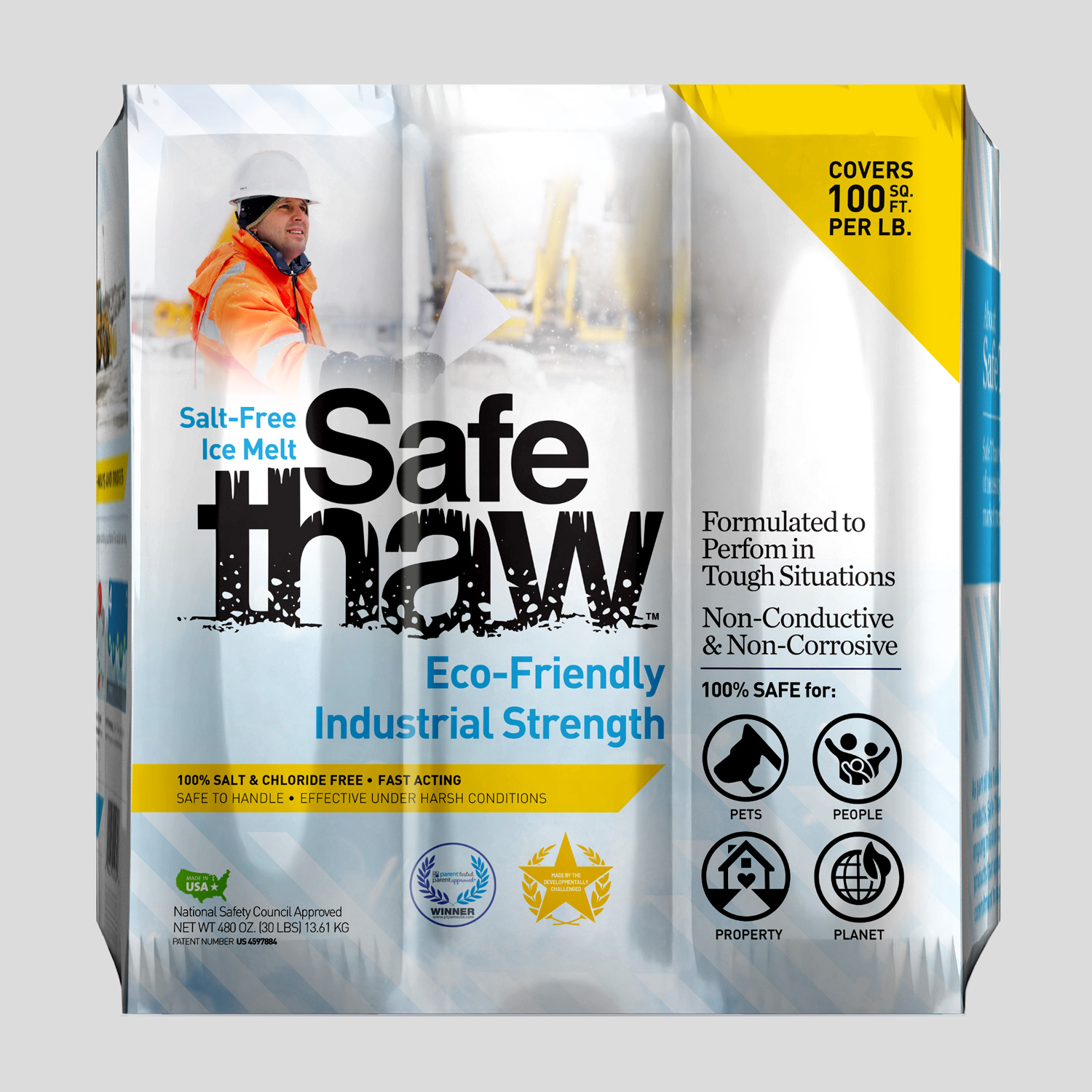Understanding The Process: 6 Steps To Make Dry Ice

Making dry ice, the solid form of carbon dioxide (CO2), is a fascinating process. While it’s commonly used in various industries for cooling and creating fog effects, many are curious about how to make dry ice. This guide will explain the process of how make dry ice and how to make a dry ice, along with its negatives and a safer alternative for certain applications.

Safe Thaw
Safe Thaw was created as the ice management solution for tough winter environments. Ideal in commercial and industrial properties, shops, government agencies, bridges, and construction.
1. Safety Precautions
Before learning how to make a dry ice, it’s essential to understand the safety precautions. Dry ice is extremely cold (-78.5°C or -109.3°F) and can cause severe frostbite if handled improperly. Always wear protective gloves and goggles, and ensure adequate ventilation as dry ice releases CO2 gas.
2. Start With Liquid Carbon Dioxide
The first step in how make dry ice is to obtain liquid carbon dioxide. CO2 is compressed and cooled to a liquid state in specialized equipment. This liquid CO2 will be the starting material for making dry ice.
3. Pressure Reduction
Next, the liquid CO2 is moved to an environment with lower pressure. As the pressure decreases, the liquid CO2 begins to expand and convert into CO2 gas, a key step in how to make a dry ice.
4. Formation Of Dry Ice Snow
During the expansion process, the rapid pressure drop causes a portion of the CO2 to freeze, forming a snow-like consistency. This is the point where you essentially see the process of how make dry ice taking place.
5. Compressing The Snow
The CO2 snow is then collected and compressed into blocks, pellets, or other shapes, depending on the intended use. This compression is a critical step in how to make a dry ice, as it turns the snow into a usable solid form.
6. Storage
Once formed, dry ice must be stored in a well-insulated container. It should not be stored in an airtight container, as the sublimation of dry ice into CO2 gas can cause the container to burst.
The Negatives Of Using Dry Ice
While understanding how to make a dry ice is interesting, it’s crucial to be aware of its negatives:
- Handling Risks: Direct contact can result in frostbite.
- Asphyxiation Hazard: In enclosed areas, the CO2 gas can displace oxygen.
- Environmental Impact: Excessive release of CO2 contributes to greenhouse gas emissions.
Safe Thaw: A Safer Alternative For Ice Control
In situations where you might consider dry ice for cooling or ice control, Safe Thaw offers a safer alternative. Unlike the complexities of how make dry ice, Safe Thaw is easy to use and safe. It’s a chloride-free and toxin-free product, meaning it won’t corrode surfaces or cause harm to pets, plants, or humans. Its effective formula ensures long-term results without the risks associated with dry ice.
100% salt & chloride-free, fast acting Ice Management Solution
Conclusion
While the process of how to make a dry ice is intriguing, it comes with significant safety considerations and environmental impacts. For those looking for cooling or de-icing solutions, products like Safe Thaw provide a safe, effective, and environmentally friendly alternative, eliminating the need to handle the complexities and risks of dry ice.
Try Also Our Other Winter Safety Products:
Safe Paw
The Original and #1 Selling Pet and Child Safe Ice Melt for over 20 years. Guaranteed environmentally safe –It won’t harm animals or children, and it won’t damage your property. That’s Safe Paw. Safe Paw can change how winter affects our planet.

Walk On Ice
The handy disposable canister can be taken everywhere, with the same 100% naturally occurring minerals that provide instant traction on ice or snow. Use it on sidewalks, steps, or as an instant traction agent for your car.



